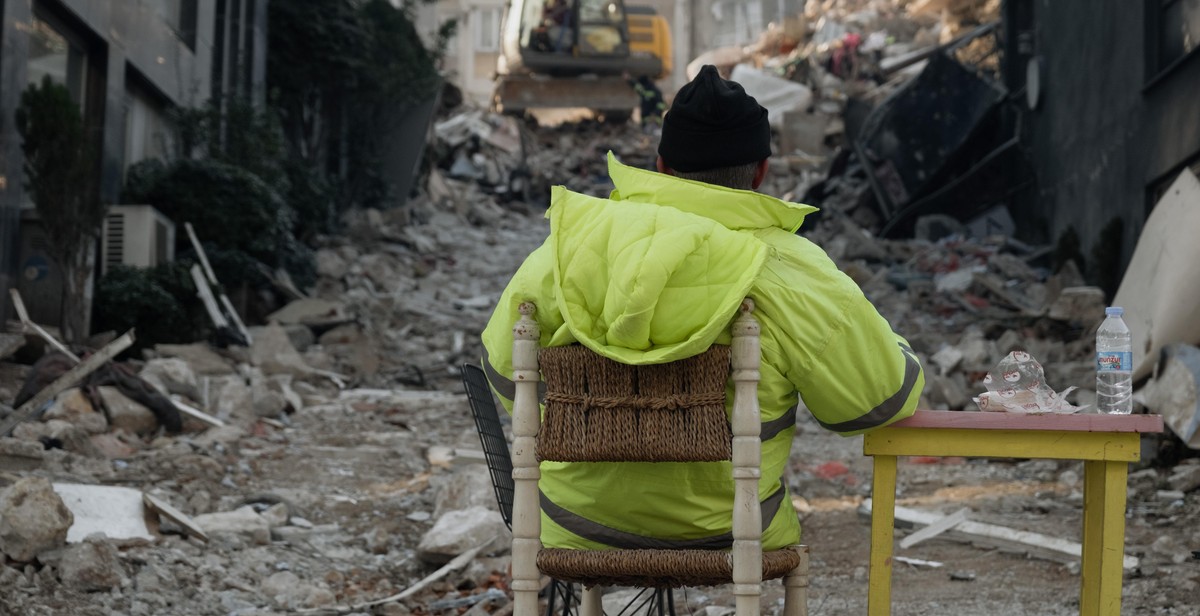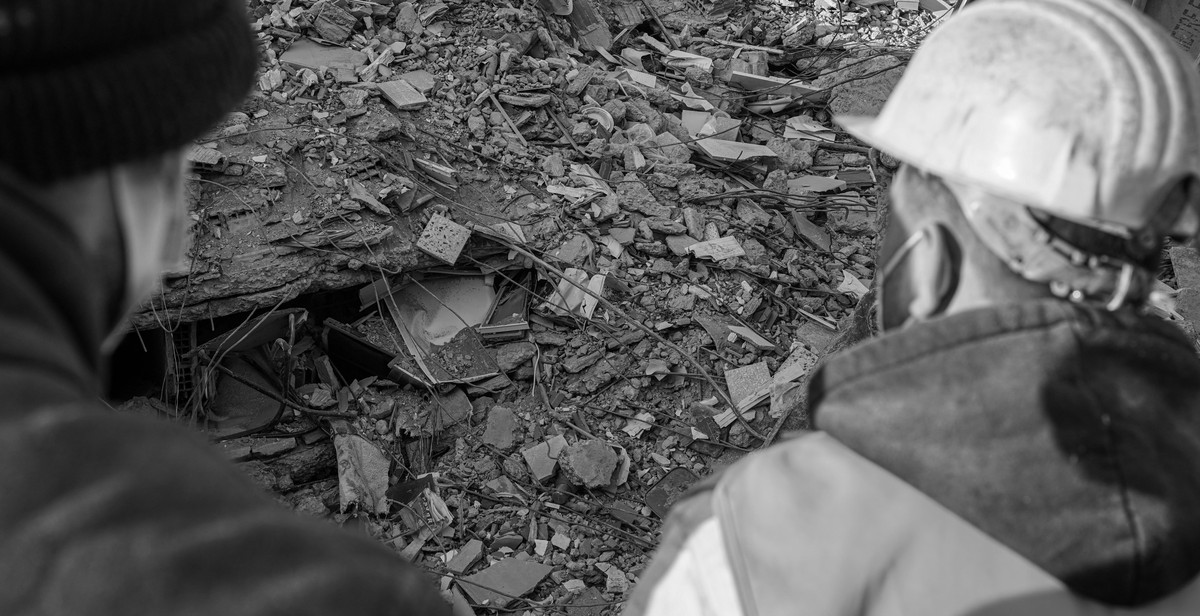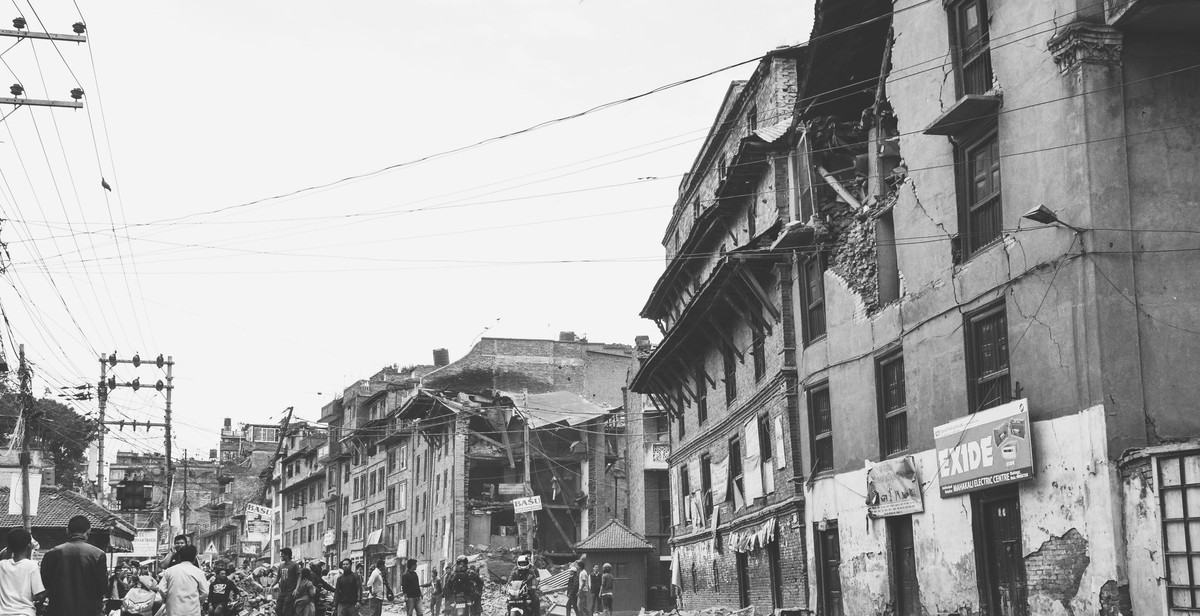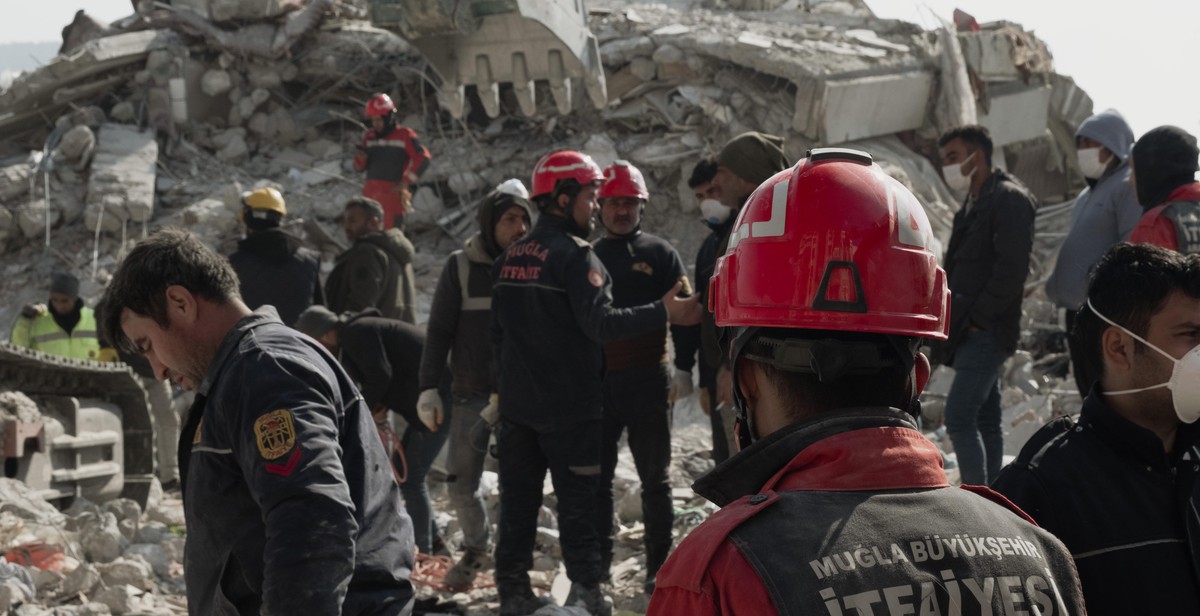How to Prepare for Earthquakes: Safety Tips and Emergency Preparedness for Earthquake Events
As someone who has experienced earthquakes firsthand, I know how terrifying they can be. The ground shaking beneath your feet, the sound of objects crashing around you, and the uncertainty of what will happen next can all make you feel powerless and vulnerable.
But while earthquakes are a natural phenomenon that we can’t control, we can take steps to prepare ourselves and our homes for them. In this article, I will share with you some safety tips and emergency preparedness measures that can help you and your loved ones stay safe during an earthquake event.
My Personal Experience with Earthquakes
I have lived in California for most of my life, and earthquakes are a regular occurrence here. I have felt small tremors that barely register on the Richter scale, as well as larger quakes that caused significant damage to buildings and infrastructure.
One of the most memorable earthquakes I experienced was the Northridge earthquake in 1994. I was a child at the time, and I remember waking up to the sound of breaking glass and my bed shaking violently. My family and I huddled under a table until the shaking stopped, and then we quickly made our way outside. Our house had sustained some damage, but we were fortunate to be unharmed.
That experience taught me the importance of being prepared for earthquakes, and I hope that the tips and information I share in this article will help you feel more empowered and ready to face this natural disaster.

Understanding Earthquakes
Earthquakes are natural disasters that occur when the earth’s crust moves suddenly and violently. This movement releases energy that causes seismic waves, which travel through the earth and cause the ground to shake. Earthquakes can happen anywhere in the world, but they are most common in areas along tectonic plate boundaries.
Causes of Earthquakes
There are several causes of earthquakes, but the most common is the movement of tectonic plates. These plates are constantly moving and can cause stress to build up in the earth’s crust. When this stress becomes too great, the crust will break and cause an earthquake. Other causes of earthquakes include volcanic activity, landslides, and human activities such as mining and drilling.
Types of Earthquakes
There are several types of earthquakes, but the most common are tectonic earthquakes. These occur when the movement of tectonic plates causes the earth’s crust to break and shift suddenly. Other types of earthquakes include volcanic earthquakes, which occur when magma moves beneath the earth’s surface, and collapse earthquakes, which occur when the ground above underground mines or caves collapses.
Measuring Earthquakes
Earthquakes are measured using a scale called the Richter scale. This scale ranges from 1 to 10 and measures the energy released by an earthquake. The higher the number on the scale, the more powerful the earthquake. In addition to the Richter scale, earthquakes can also be measured using the moment magnitude scale, which measures the total energy released by an earthquake.
Understanding earthquakes is important for emergency preparedness. By knowing the causes and types of earthquakes and how they are measured, individuals can better prepare for earthquake events and ensure their safety during and after an earthquake.

Preparing for an Earthquake
Earthquakes can strike without any warning, leaving behind a trail of destruction and chaos. To ensure your safety and that of your loved ones, it is crucial to be prepared for an earthquake. Here are some safety tips and emergency preparedness measures you can take:
Create an Emergency Kit
Having an emergency kit ready can make all the difference during an earthquake. Your kit should include basic supplies such as water, non-perishable food, a first aid kit, flashlights, batteries, and a radio. Store your kit in a location that is easily accessible and known to all family members.
Make an Emergency Plan
Having a plan in place can help you and your family respond quickly and effectively during an earthquake. Your plan should include evacuation routes, a communication plan, and a meeting place. Practice your plan with your family members to ensure everyone knows what to do in the event of an earthquake.
Identify Safe Spots in Your Home and Workplace
It is important to identify safe spots in your home and workplace where you can take cover during an earthquake. Stay away from windows, mirrors, and heavy furniture that can fall or break. If you are outdoors, move to an open area away from buildings, trees, and power lines.
Secure Heavy Furniture and Objects
Heavy furniture and objects can cause serious injury during an earthquake. Secure bookcases, cabinets, and other heavy furniture to the wall using brackets or straps. Keep breakable and heavy objects on lower shelves to prevent them from falling and causing injury.
By following these safety tips and emergency preparedness measures, you can minimize the risk of injury and damage during an earthquake. Remember to stay calm and stay informed during and after an earthquake.

During an Earthquake
During an earthquake, it is important to remember the phrase “Drop, Cover, and Hold On.” This means that you should immediately drop to the ground, take cover under a sturdy piece of furniture, and hold on until the shaking stops. This will help protect you from falling objects and debris.
It is also important to stay indoors during an earthquake, even if you are tempted to run outside. Many injuries occur when people try to exit buildings during an earthquake. Stay inside until the shaking stops and it is safe to exit.
Stay away from windows and glass objects during an earthquake. These can easily shatter and cause serious injuries. If you are unable to take cover under a sturdy piece of furniture, move to an interior wall and cover your head with your arms.
Do not use elevators during an earthquake. Elevators can malfunction during an earthquake and leave you trapped inside. Instead, use the stairs to exit the building once the shaking has stopped.
Additional Safety Tips
- If you are in a wheelchair, lock your wheels and cover your head with your arms.
- If you are driving, pull over to a clear location and stay in your vehicle until the shaking stops.
- If you are outdoors, move to a clear area away from buildings and power lines.
- If you are in a crowded public place, stay calm and do not rush for the exits. Follow the instructions of emergency personnel.
What to Do After an Earthquake
Once the shaking has stopped, check yourself and others for injuries. If you are injured, seek medical attention immediately. If you are able to move, check your surroundings for any hazards, such as gas leaks or downed power lines.
| Do: | Don’t: |
|---|---|
|
|

After an Earthquake
After an earthquake, it’s important to stay calm and assess the situation. Here are some steps to take:
Check for Injuries and Damage
The first thing to do is to check yourself for injuries. If you’re okay, check on those around you. If anyone is injured, call for medical assistance immediately. Also, check your property for damage. If there is any damage, take photos and document it for insurance purposes.
Turn Off Utilities
After an earthquake, it’s important to turn off your utilities to prevent further damage or accidents. Turn off your gas, water, and electricity. If you’re not sure how to do this, contact your utility company for assistance.
Listen to Authorities for Instructions
Listen to the authorities for instructions and updates on the situation. Follow their guidance and advice. If they advise you to evacuate, do so immediately. If you’re instructed to stay put, make sure you have enough supplies to last for at least 72 hours.
Assist Others
If you’re able to, assist others who may need help. This includes checking on your neighbors, family, and friends. Offer to help them with any necessary tasks, such as cleaning up debris or securing their property.
| Check for injuries and damage | Turn off utilities | Listen to authorities for instructions | Assist others |
|---|---|---|---|
| Make sure you and those around you are okay | Gas, water, and electricity should be turned off to prevent further damage | Authorities will provide guidance and advice on what to do next | Help others who may need assistance |
Remember, earthquakes can be unpredictable, so it’s important to stay prepared and informed. By following these steps, you can help ensure your safety and the safety of those around you.

Conclusion
Earthquakes can be terrifying, but being prepared can make all the difference. By following the safety tips and emergency preparedness strategies outlined in this article, you can protect yourself and your loved ones during an earthquake event.
Remember, the key to earthquake safety is preparation. Develop an emergency plan, create a disaster supply kit, and practice earthquake drills with your family or coworkers. Stay informed about earthquake risks in your area and be ready to take action if an earthquake occurs.
As a professional article writer and content creator, I have seen firsthand the impact that earthquakes can have on communities. That’s why I am passionate about educating people on earthquake safety and emergency preparedness. By sharing my personal experience and expertise, I hope to help others protect themselves and their communities from this natural disaster.
- Stay calm and stay safe during an earthquake
- Prepare an emergency plan and disaster supply kit
- Practice earthquake drills with your family or coworkers
- Stay informed about earthquake risks in your area
Thank you for reading this article on earthquake safety and emergency preparedness. Together, we can help prevent the devastating effects of earthquakes and keep our communities safe.
